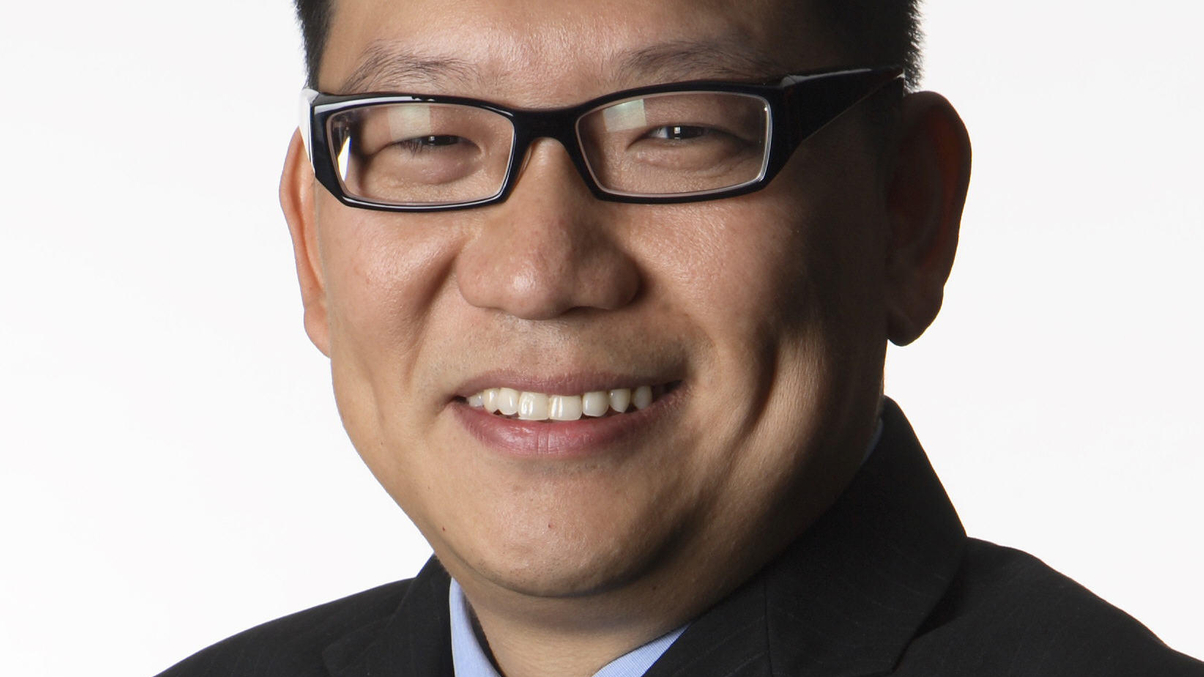GIC chief laments investors' short-term perspective
The Singapore sovereign wealth fund's CIO Lim Chow Kiat says that while he is keen for longer-term relationships with external managers, many investors do not share his institution's time horizon.

Asset owners could work together to forge a greater focus on long-term investments, according to the CIO for the Government of Singapore Investment Corporation (GIC).
Sign In to Your Account
Access Exclusive AsianInvestor Content!
Please sign in to your subscription to unlock full access to our premium AI resources.
Free Registration & 7-Day Trial
Register now to enjoy a 7-day free trial—no registration fees required. Click the link to get started.
Note: This free trial is a one-time offer.
¬ Haymarket Media Limited. All rights reserved.


